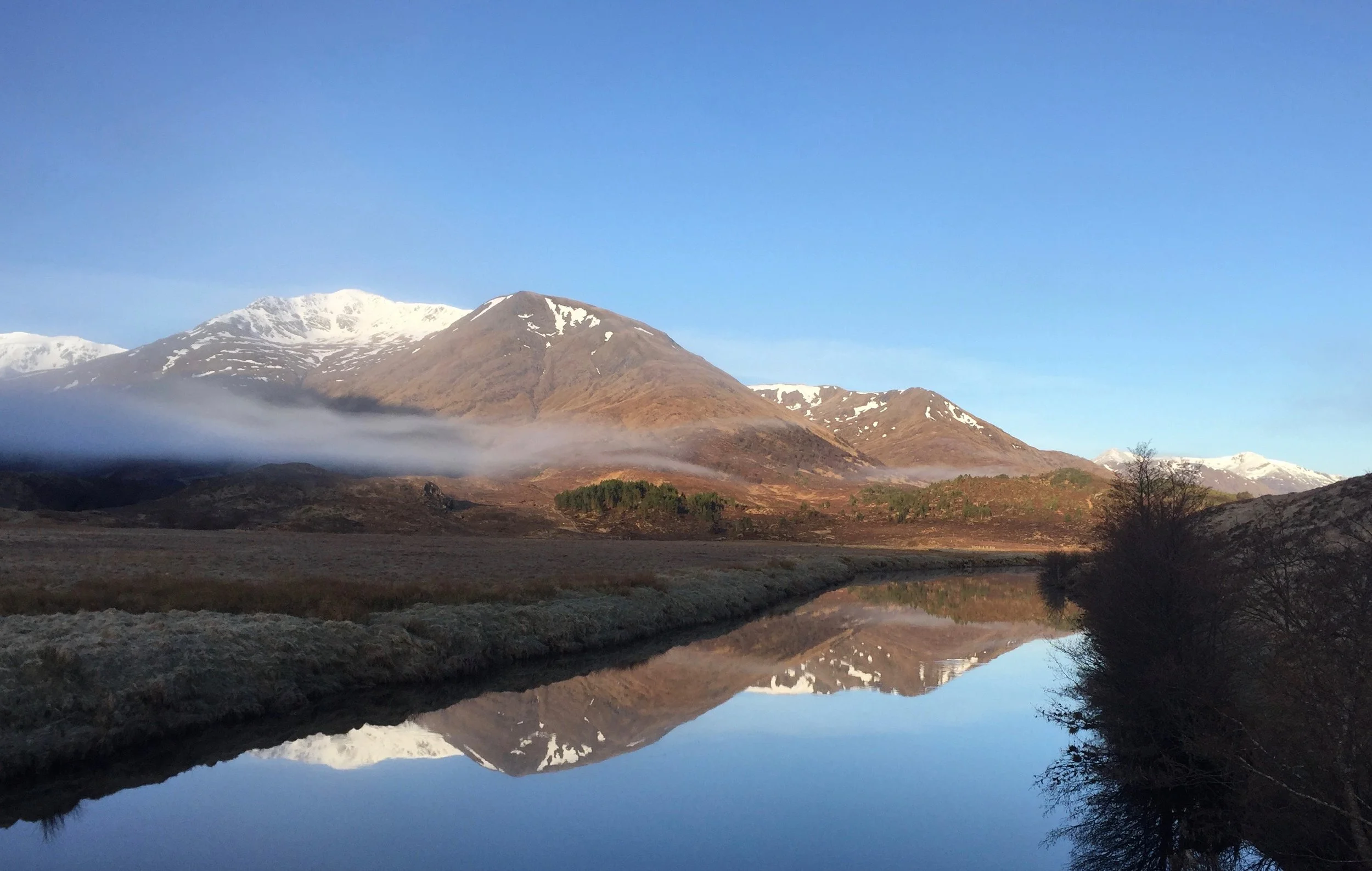I'm a fan of elegant solutions, ones that create a lot of benefit for relatively little effort. To me rewilding is one such solution and one of the single most important things we can do to address the problems of climate change and biodiversity loss.
Of course, when tackling problems this complex we need many different kinds of action. These range from creating social equity, developing green technologies, reducing emissions and helping people reconnect to nature, to name just a few. However, rewilding has a huge part to play and can also support many of these other solutions.
Before we get into some other benefits of rewilding, let's look at what the word actually means. It’s a term that I'm happy to see has now entered the mainstream, although it can mean many things depending on who you ask. A simple definition could be that rewilding is the process of allowing ecosystems to recover and natural processes to be given freer reign on a large scale. It may involve the reintroduction of missing species, where appropriate. The word is often used interchangeably with ecological restoration. There are actually different types of rewilding and others might use a different definition, but I'm wary about getting too bogged down in semantics, which can sometimes seem like pontificating about the colour of paint on the Titanic!
Regenerating Caledonian pinewoods in Glen Affric
Why does rewilding have such an important role to play? Part of its value is that it can help solve so many different problems. When it comes to addressing climate change, we obviously need to capture carbon. While there are various high-tech methods for capturing carbon, they have serious limitations; nature can do it for us safely, cheaply and more effectively. When forests, grasslands, peatlands and other terrestrial habitats function as they should, dead organic matter becomes locked up in the soil, with fungi playing a key role in this process. When it comes to marine rewilding, habitats such as seagrass beds and kelp forests also act as vast carbon stores.
Dwarf birch (Betula nana), an essential part of Scotland’s upland ecosystems. Scarce montane scrub habitats are being restored to Glenfeshie in the Cairngorms, at Trees for Life’s Dundreggan Estate and elsewhere.
Obviously our planet isn't just facing climate change. We're also going through Earth's sixth mass extinction. We're haemorrhaging the biodiversity upon which our own species depends and which I believe we have a moral obligation to safeguard for its own sake. Again rewilding is one of the single most effective things we can do to help protect and restore this astonishing, awe-inspiring and diverse community of life on planet Earth.
Not only does rewilding help tackle these two major problems, but addressing either one of them is already helping to mitigate the other. By that I mean climate change is among the key threats to global biodiversity, so tackling it is essential for addressing our nature crisis. And large, dynamic and connected areas of habitat give wildlife a better chance of moving and adapting to climate change. At the same time stable biodiverse ecosystems are vital for regulating the climate and storing carbon.
On top of that we have the added benefits of healthy, rewilded ecosystems mitigating flooding and drought, and so much more. Last but not least, a thriving, species-rich natural world makes life richer, more fascinating, happier and healthier for all of us. This is something that can't be necessarily quantified, but at the end of the day who wouldn't want such a life?
Here are a handful of the growing number of rewilding projects that provide great information, practical action and inspiration for ways you can get involved. This is just a selection of some of my favourites in Britain and the rest of Europe. There are many other great projects out there:
The first and only country-wide organisation in Britain focusing on rewilding and the amazing benefits it can bring for people, nature and climate. They'll keep you up-to-date on the world of rewilding along with things you can do to help. They also offer support if you have a land you want to rewild.
Roy Dennis Wildlife Foundation
Roy and his team are leaders in wildlife restoration. Check out and support their many inspiring projects.
The Trees for Life vision is of a revitalised wild forest in the Scottish Highlands, providing space for wildlife to flourish and communities to thrive. There are opportunities to get involved on their Conservation Weeks.
Their vision is of a vast network of rewilded land and water across Scotland, where wildlife flourishes and people thrive. Check out their Rewilding Escapes, which demonstrate how rewilding can help communities to thrive.
The Bunloit Rewilding project hopes to rewild and re-people the Highlands through optimally sequestering carbon, growing biodiversity, creating green new jobs and generating sustainable profit for purpose.
Working with coastal communities to restore degraded inshore marine habitats to enhance biodiversity, improve water quality and sequester carbon.
A pioneering and inspirational rewilding project in West Sussex.
A world-class field centre with a fantastic demonstration of rewilding in action.
Reviving the Wild Heart of Southern Scotland.
Calling for Scotland to become the world’s first rewilding nation.
Wild Ennerdale in Cumbria is one of the UK’s largest wildland partnerships.
Making Europe a wilder place.



